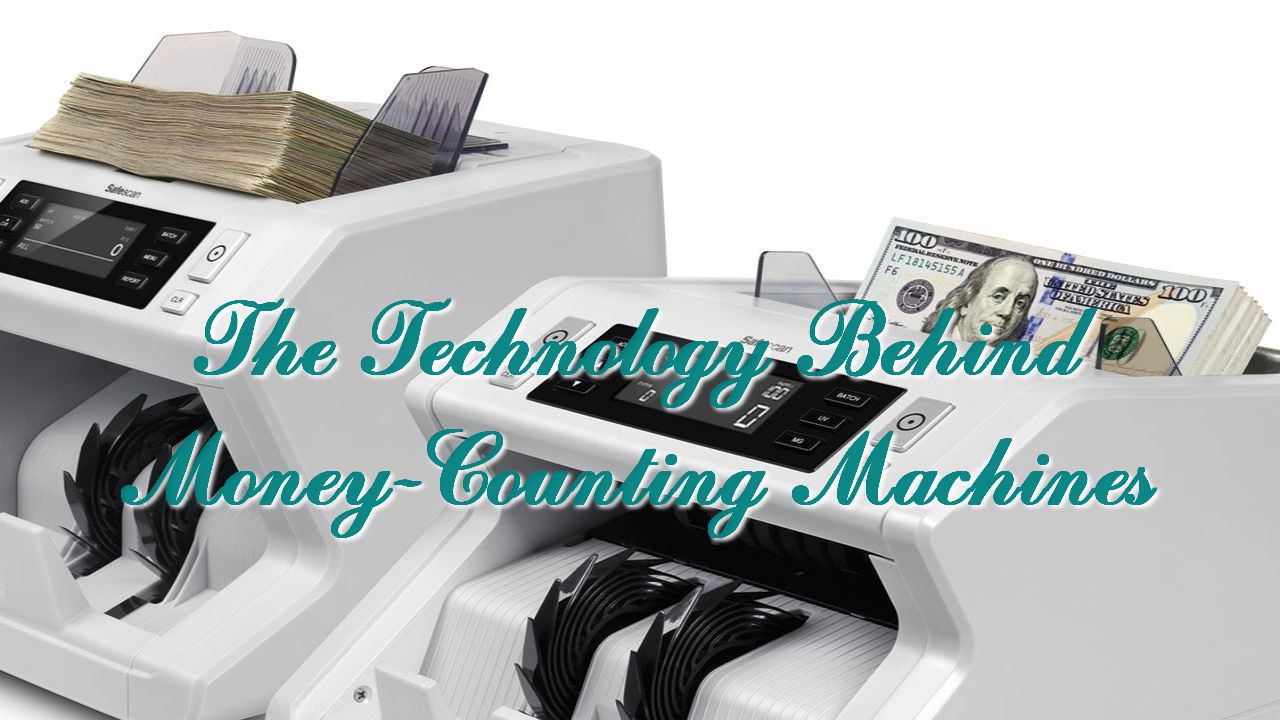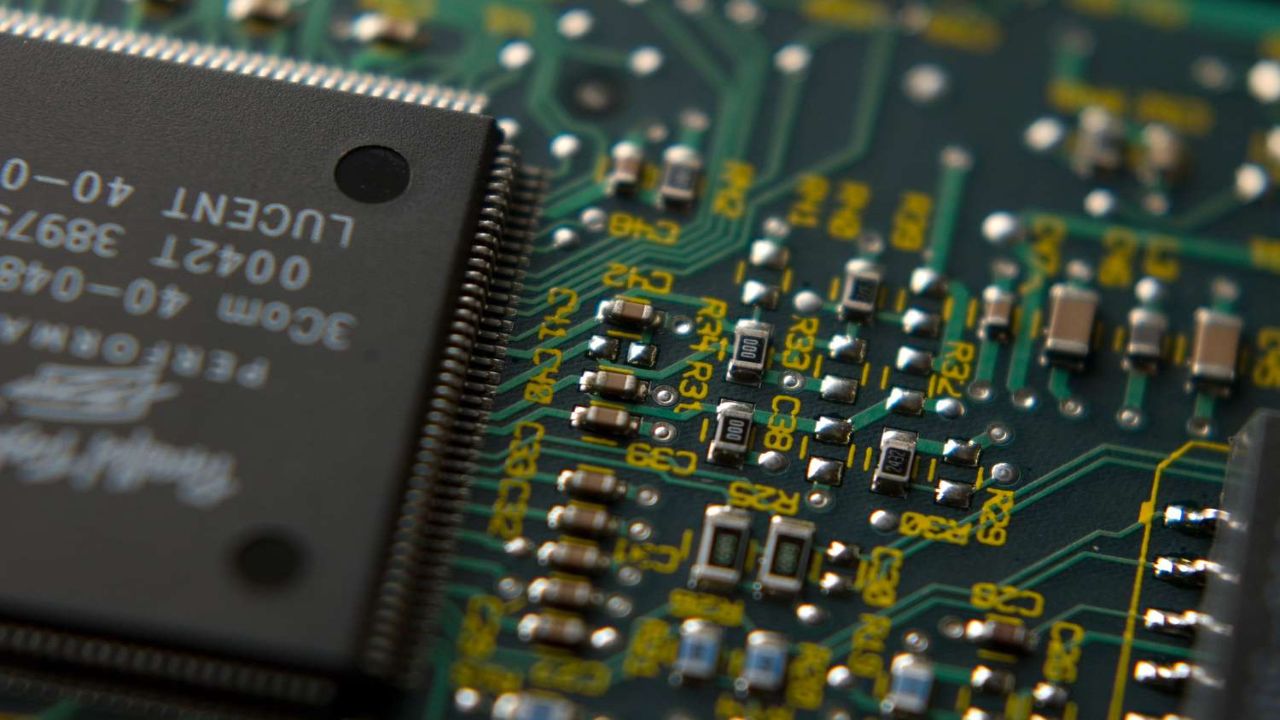Posted on November 9, 2023

A money-counting machine has revolutionized the way businesses, banks, and financial institutions handle currency. This device has become indispensable in streamlining cash-handling processes and reducing human error. In this article, we will delve into the technology behind money-counting machines, exploring their key components and the principles that make them so efficient and accurate.
Optical Sensors

One of the fundamental components of money-counting machines is optical sensors. These sensors are responsible for detecting and identifying individual banknotes. When a bill is inserted into the machine, the optical sensors use various light sources, such as infrared and ultraviolet light, to analyze the bill’s features. These features include watermarks, security threads, and the patterns of ink used in printing. By analyzing these features, the machine can determine the denomination and authenticity of each bill.
Mechanical Feeding Mechanism
Money counting machines are equipped with mechanical feeding mechanisms that ensure the smooth and precise movement of banknotes through the machine. These mechanisms employ rollers and belts to pull bills through the machine while sensors continuously monitor the movement to prevent jams or double counting. The precision of these mechanical components is crucial in maintaining the accuracy and reliability of the counting process.
Microprocessors and Software

Microprocessors and sophisticated software are at the heart of money-counting machines. These components control the entire counting process, from analyzing the optical data to calculating the total value of the bills. The software is programmed to recognize the unique characteristics of different currencies, including size, color, and security features. Furthermore, the microprocessor allows the machine to perform various functions, such as counting, batching, and counterfeit detection. With regular updates and firmware upgrades, money-counting machines can stay up-to-date with evolving currency designs and security features.
Counterfeit Detection
Ensuring the authenticity of currency is a critical function of money-counting machines. They are equipped with advanced counterfeit detection mechanisms that use a combination of UV and magnetic ink sensors, infrared detectors, and even image recognition technology. These features help identify counterfeit bills that may have slipped into the cash flow, protecting businesses and financial institutions from financial losses and potential legal issues. If a counterfeit bill is detected, the machine typically stops counting and alerts the user.
Display and User Interface
Money counting machines often feature user-friendly interfaces, including LED or LCD displays and intuitive control panels. The display provides real-time feedback, showing the total count, denominations, and any errors or discrepancies. Users can customize settings, such as counting speed, batch size, and even the currency being processed. These user interfaces make it easy for operators to interact with the machine and obtain accurate results efficiently.
The technology behind money-counting machines has come a long way, incorporating advanced optical sensors, mechanical feeding mechanisms, microprocessors, and software to streamline the process of counting and authenticating currency. These devices play a vital role in enhancing efficiency, accuracy, and security in cash-handling operations. With ongoing advancements in technology, money-counting machines continue to evolve, ensuring they remain indispensable tools for businesses and financial institutions. Their ability to adapt to changing currency designs and security features ensures that they will remain essential in the future of cash management.
